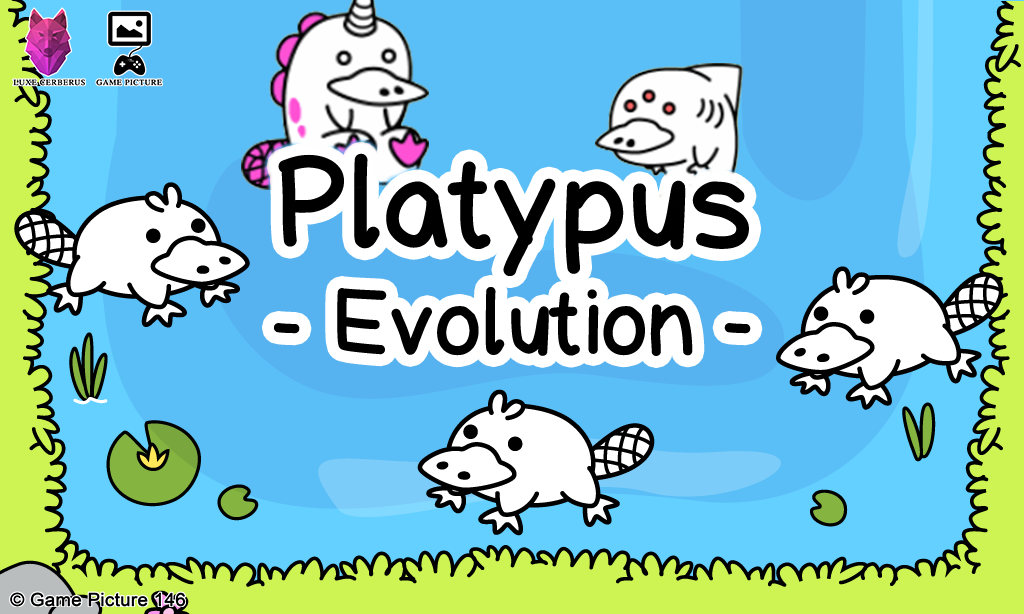

What we still don't know - These seemingly contradicting traits have created an even greater mystery for scientists. Seemingly neither modern nor ancient, the authors write in the study this fish appears to be more of a placoderm-bony-fish-shark chimera - one which could have transformative impact on scientists' understanding of vertebrate evolution. In fact, if held side by side, the authors write it would be challenging to tell the difference between a Brindabellaspis' inner ear and a human's own. What they discovered - When poking around this digital skull, team discovered Brindabellaspis' inner ear much more closely resembled those of humans and sharks than the tiny sacs of other placoderms. The white shark and human diver in the upper right corner represent modern jawed vertebrates. Thanks to modern advances in paleontology tech since 1969, researchers can now take a closer look inside Brindabellaspis' brain cavity.Īrtistic rendering of Brindablleaspis (foreground) with diversified placoderms and other fishes. Young and colleagues initially made this classification of the Brindabellaspis based on an analysis of its internal brain cavity, but scientists from institutions across Europe and Asia now believe they might've missed something big: these fossils appear to have secret brain cavity passageways never discovered before. Modern, jawed, vertebrate fish, like sharks or bony fish, have comparatively massive sacs to the 'platypus fish' - as a result, scientists had assumed large sacs went hand-in-hand with the evolution of strong jaws. Placoderm are jawless and identified internally by their characteristically compact inner ear sac - these sacs are a kind of pressure valve, and in humans they regulate balance. These fish were wiped out during Earth's second mass extinction. When paleontologist Gavin Young pulled several fossil samples of this long-beaked fish from Australian limestone in 1969, it was immediately thought to be a placoderm - an ancient type of fish which thrived over the course of 60 million years during the early Paleozoic era, between 420 and 360 million years ago. The nickname 'platypus fish' stems from the fish's long beak, which resembles that of its mammal namesake, but the comparisons stop there. Yet it has an ancient, perhaps even stranger, fish-y counterpart known as the 'platypus fish,' or Brindabellaspis stensioi.Īn artist's interpretation of the fossilized platypus fish. Here's the background - You're probably familiar with the platypus - a taxon-defying animal that is at once mammalian, egg-laying, and aquatic. The study was published Wednesday in the journal Current Biology. She tells Inverse the new fossil discoveries "can help us understand how the living groups of jawed vertebrates, including the lineage that eventually led to humans, evolved." Sam Giles is co-first author on the research and a senior research fellow at the University of Birmingham. Why it matters - Answering this evolutionary mystery could help scientists better understand the evolution of vertebrates' jaw bones over time - and how we humans have gotten stuck with the relatively weak jaws we have today.



In doing so, they reveal this ancient fish may actually have had much closer evolutionary links to humans and sharks than previously supposed. By peering inside the fish's skull, they discovered an even bigger mystery.īy reconstructing the skull using virtual anatomy, the team recreated the bony infrastructure of this fish's brain cavity without disturbing the specimen itself. This so-called 'platypus fish,' scientists had supposed, was just another one of a kind of ancient, jawless, armored fish.īut more than 60-years later, researchers armed with new technology - namely digital X-ray scanners - are being forced to rethink this fish's place in the evolutionary tree.
#PLATYPUS ÉVOLUTION HACK CRACKED#
When an Australian scientist uncovered an ancient-looking placoderm skull in the 1960s, he thought he'd cracked the code on an evolutionary mystery.


 0 kommentar(er)
0 kommentar(er)
